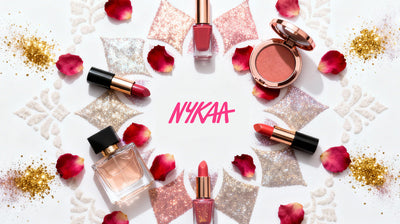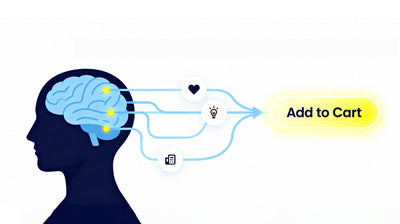In This Article
You obsess over the subject line, refresh your stats after every send, and wonder why one campaign soars while the next falls flat. For digital marketers and business owners, cracking the code on email open rates feels like chasing a moving target. But below all the clicks and analytics is a simple truth: the decision to open an email is powered by human psychology.
The Context: Why “Open Rate” Is a Big Deal
Average email open rates for brands hover between 25 and 45 percent, depending on audience and industry. With inboxes overflowing and attention spans shrinking, getting someone to click “Open” is half the battle. The secret isn’t just a clever subject line—it is connecting with emotional triggers, habits, and curiosity.
The Psychology at Work (And Play)
-
Curiosity and the Zeigarnik Effect
Humans remember unfinished tasks better than completed ones. If your subject line creates a sense of mystery or leaves a question hanging, the brain feels compelled to resolve it.
Subject line example: “One change that could double your revenue…”
-
Personalization and the Familiarity Principle
People feel safe with what’s familiar. Using a subscriber’s name or sending from a recognizable person (not just “Marketing Team”) bumps opening rates. Even slight personalization, such as location or purchase history, makes communication feel less generic and more like a relationship.
-
FOMO and Loss Aversion
Humans fear missing out and avoid loss more than they chase gains. Phrases like “Last chance,” “Limited spots,” or “Flash sale ending” create a safe sense of urgency without overwhelming the recipient.
-
Social Proof
People notice social cues from peers. Reference what others bought, share popularity stats, or mention how many subscribers took action last week. This validation prompts more opens and clicks.
Design Decisions That Drive Opens
-
Timing Matters
People check their inboxes at predictable moments—early mornings, post-lunch breaks, or before bed. Scheduling emails in sync with real-life habits nudges higher open rates. -
Clarity Over Cleverness
Ambiguous or super-cryptic subject lines can backfire. Clear value, direct benefits, and honest tone are better for regular campaigns. Humor or curiosity works well for special sends, but clarity wins everyday attention. -
Segmentation and Relevance
Targeted lists outperform generic blasts. Emails sent to specific segments (by interest, behavior, location) show six times higher open and transaction rates. -
Mobile-Friendly Formatting
Most emails are opened on mobile, so concise subject lines, preview text, and easy-to-read design get noticed first.
Psychological Triggers Backed by Data
-
Using recipients’ names increases open rates by 43 percent on average.
-
Questions in subject lines can boost opens by up to 50 percent. Including numbers or benefits adds another 17 percent uplift.
-
Nonprofit and storytelling-focused emails see the highest averages, often because they begin with a relatable person or narrative, not a faceless brand.
How to Apply These Insights
-
Ask yourself: what emotional gap am I filling? Is it curiosity, urgency, or connection?
-
Personalize every message at least once, even if it’s a small detail.
-
Segment your list so every recipient feels the message is for them, not a crowd.
-
Test subject lines that ask questions, hint at stories, or reference real benefits.
-
Measure not just opens, but what happens next—clicks, replies, and forwards—to see if your psychological hook converts.
Final Thought
Every inbox is a battlefield for attention. The best emails don’t just look flashy or use trendy CTAs. They tap into how people think, what they care about, and why they act. Design with psychology in mind and you won't just get more opens, you will spark real engagement and build lasting loyalty.




